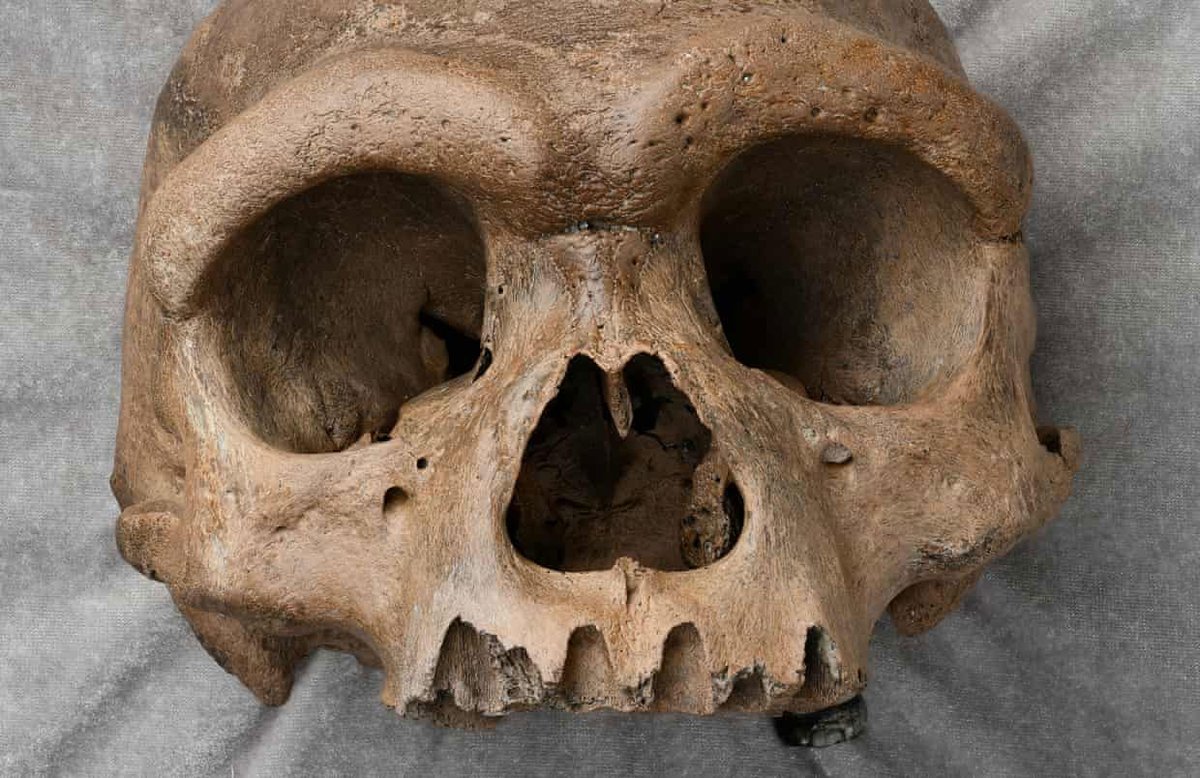
Some discussion in comments last week in @ScienceMagazine about "paleodemes" with a short defense of the value of the concept. I think the paleodeme concept has most of the problems of paleo species concepts with none of their benefits. science.org/doi/10.1126/sc…
The person probably most responsible for the paleodeme concept in human origins is Clark Howell, whose 1999 paper "Paleo-Demes, Species Clades, and Extinctions in the Pleistocene Hominin Record" defined (although it did not first introduce) the concept. journals.uchicago.edu/doi/abs/10.108…
As presented by Howell, a paleodeme corresponds to a regional sample of fossils across a delimited range of time, with some morphological distinctiveness. These were groups like "Neandertal", "Skhūl/Qafzeh", or "Petralona/Atapuerca-Sima".
That implementation of the concept divides the hominin fossil record of the Pleistocene into a set of cubbyholes, where each fossil has its time and place. Then the question becomes one of interregional and temporal connections -- is this a tree or network or what?
It's really the same idea as the 1960s version of Homo erectus described by Bill Howells. Each time and place belongs to a pigeonhole, with "grades" related to time that vary regionally. Howell (1999) did not include a graphic but Howells (1966) did: 

• • •
Missing some Tweet in this thread? You can try to
force a refresh













